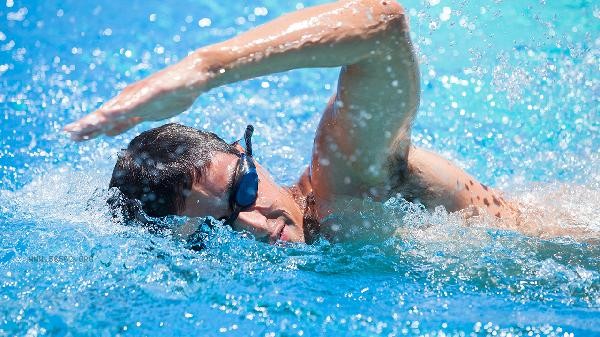The water in the swimming pool can be heated by solar energy, electric heaters, heat pumps, gas boilers, and covered with insulation film to accelerate the heating speed.

1. Solar Heating
uses a solar collector to absorb sunlight heat, and then introduces pool water into the collector through a circulation pump for heating and reflux. Suitable for areas with abundant sunshine, with low operating costs but greatly affected by weather conditions. During installation, it is necessary to ensure that the orientation and inclination of the collector are reasonable, and to equip it with a temperature sensor to automatically control the water flow.
2. Electric heater
uses a resistive or instant electric heater to directly heat the water flow, with fast heating speed and strong controllability. It needs to be used in conjunction with high-power circuits, with high power consumption, suitable for small swimming pools or temporary rapid heating needs. Pay attention to anti leakage protection during use and avoid long-term full load operation.
3. Heat pump heating
uses a compressor to absorb heat from the air and transfer it to the pool water, with an energy efficiency ratio of 3-5 times that of ordinary electric heating. Suitable for use in environments with temperatures above 15 ℃, with high initial investment but long-term energy savings. Regular cleaning of evaporator fins is necessary as efficiency may decrease in low temperature environments during winter.

4. Gas boilers
use natural gas or liquefied gas as fuel to quickly produce high-temperature hot water, suitable for continuous heating of large swimming pools. A professional smoke exhaust system and explosion-proof device are required, and the risk of gas leakage needs to be monitored during operation. High thermal efficiency but carbon emissions, fuel costs fluctuate with market prices.
5. Cover with insulation film
Use transparent or bubble insulation film to reduce heat loss from the water surface and evaporate for cooling at night. Can be used in conjunction with other heating methods, and can increase the base water temperature by 3-5 ℃ when used alone. Choose a durable film body made of UV resistant material, avoid scratches when retracting, and remove it in a timely manner on rainy days to prevent algae growth. The actual heating scheme needs to be selected comprehensively based on the pool volume, frequency of use, and climate conditions. The combination of solar energy and heat pump is suitable for long-term energy-saving needs, while electric heaters are suitable for temporary rapid heating. Regardless of the method used, the water quality balance should be regularly checked to avoid high temperatures accelerating the volatilization of chlorine gas. Covering with insulation film at night can reduce heat loss by more than 30%, and combined with a timed temperature control system can achieve more efficient management. It is recommended to maintain basic heating for outdoor swimming pools during non use periods to avoid energy waste caused by repeated heating.







Comments (0)
Leave a Comment
No comments yet
Be the first to share your thoughts!